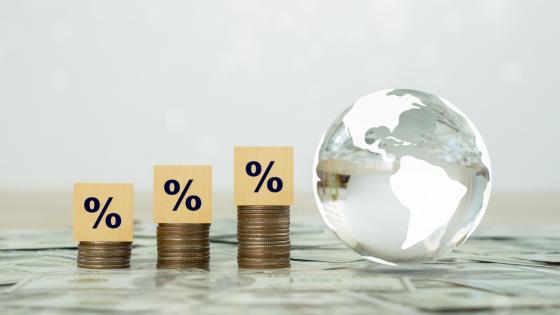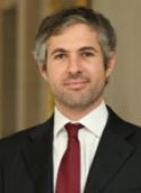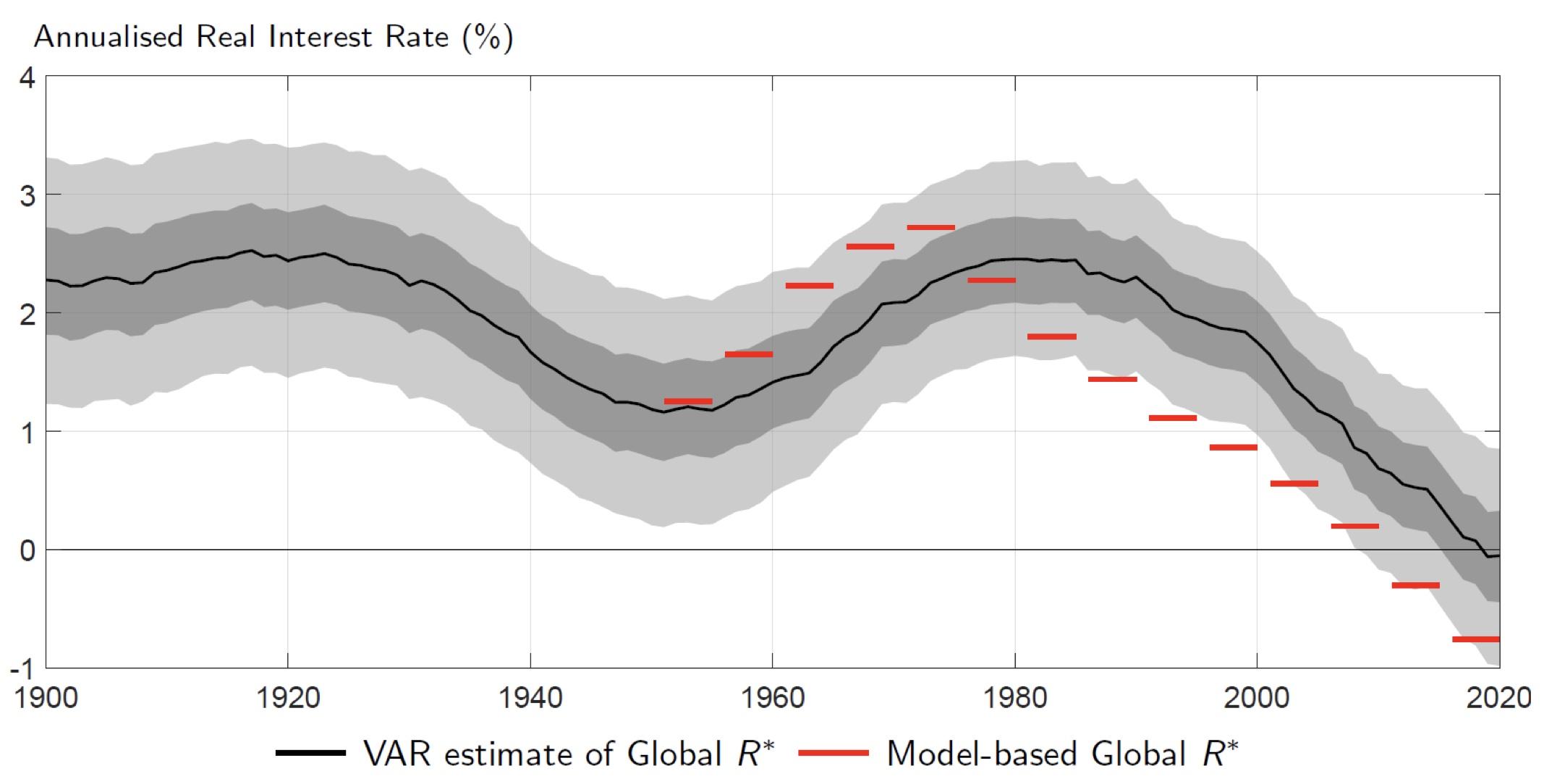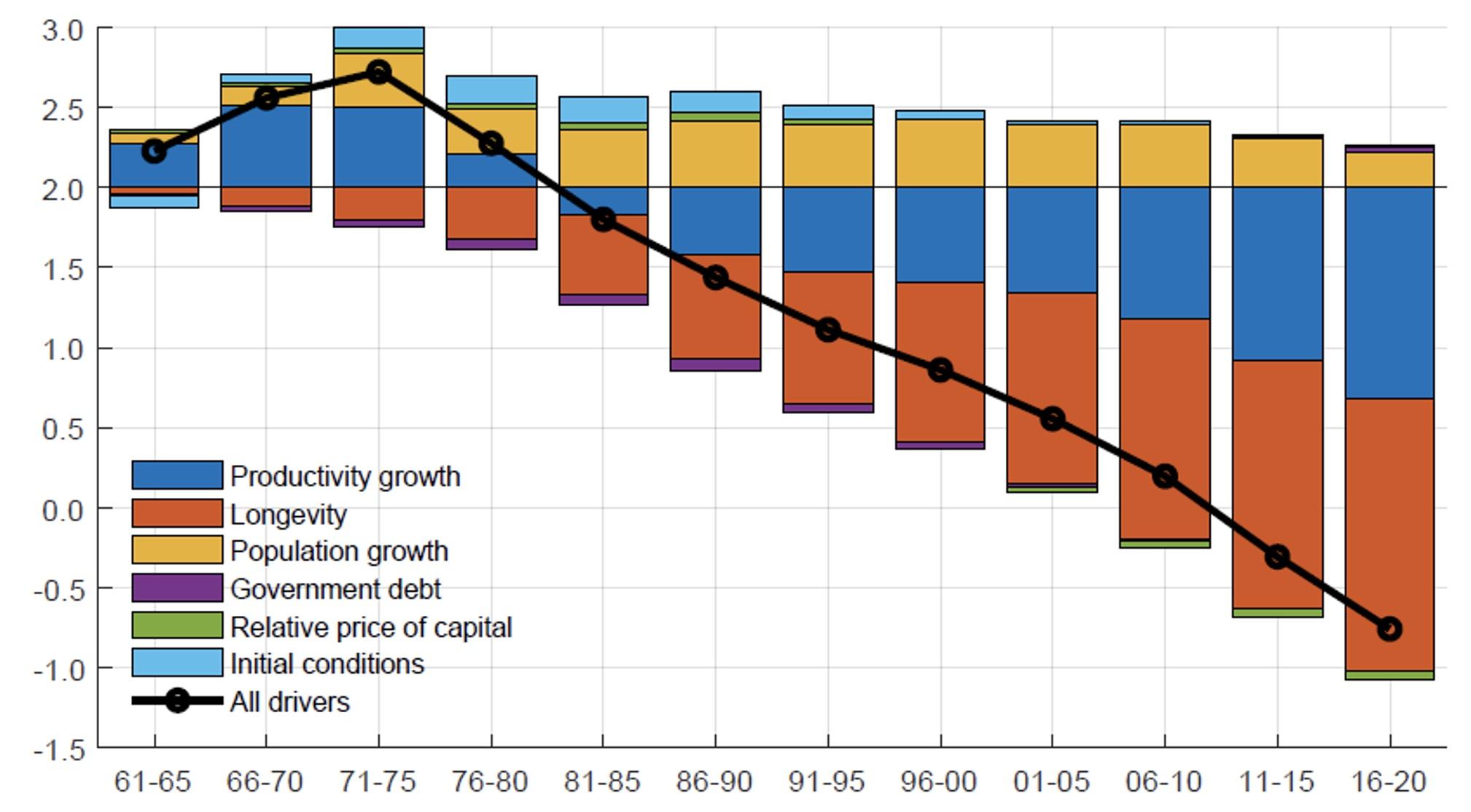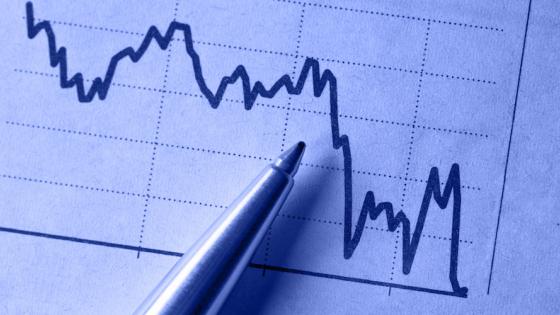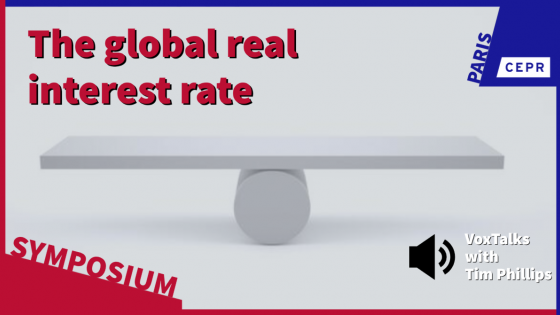Recent increases in interest rates around the world, following a multi-decade decline, have intensified the debate on their long-run prospects (PIIE 2023). Are previous trends reversing, or will rates revert to low values as current shocks subside? Answering this question requires assessing the underlying forces driving secular interest rate trends. In a recent paper (Cesa-Bianchi et al. 2023), we study the long-run drivers of the global trend interest rate – ‘Global R*’ – in the 70 years up to the pandemic. Global R* fell by more than three percentage points from its peak in the mid-1970s, driven by falling productivity growth and increased longevity. Our results suggest that without a reversal in these trends, or new forces emerging to offset them, long-run Global R* is likely to remain low.
Within a standard macroeconomic framework, secular movements in real interest rates are determined by the factors that drive the supply and demand for capital. Over the long run, when capital can move freely across countries, there exists a single interest rate that clears the global capital market. This global trend real interest rate, Global R*, acts as an anchor for domestic interest rates in open economies, so that estimates of Global R* are important inputs to longer-term structural analysis, including the design of policy frameworks. So, studying the factors that drive global wealth and capital accumulation is crucial for understanding interest-rate trends around the world.
Our focus on Global R* differs from many other studies, which use closed-economy semi-structural models to estimate a higher-frequency concept of the equilibrium real interest rate: the real interest rate that stabilises output at potential and inflation at target (e.g. Holston et al. 2017). Our approach instead aims to identify the role of longer-term global trends. We deliberately abstract from shocks that determine equilibrium real interest rates over shorter horizons in individual economies and therefore cause these shorter-term equilibrium real rates to deviate from Global R*. The distinction between equilibrium interest rates over different horizons is discussed in more detail by Bailey et al. (2022) and Obstfeld (2023).
Methodology and data
We develop a structural model to study the secular drivers of interest rates. Our framework is a standard neo-classical model with overlapping generations of households. It parsimoniously captures the effects of slow-moving trends in five key drivers: productivity growth, population growth, longevity, government debt, and the relative price of capital. We treat the world as a single large (closed) economy, and each period in the model corresponds to five years.
To guide our model simulations, we construct a panel data set for these variables for 31 high-income countries with an open capital account from 1950 to 2019. This group of countries can be regarded as a good approximation to a single fully integrated closed economy. The dynamic path of each driver is estimated by extracting the low-frequency common component across countries, to capture its long-run global trend. Conditional on these observed global trends for the five drivers, which are treated as exogenous, the model generates a simulated path for Global R*.
Studies of this kind typically assume ‘perfect foresight’, meaning that agents fully anticipate the entire paths of the drivers from the start of the simulation. Since our simulations span several decades of substantial structural change, this assumption is implausible, and at odds with widespread evidence of persistent errors in forecasting low-frequency changes in the drivers (Keilman 2001, Edge et al. 2007). So, instead, we use a novel recursive simulation methodology that captures slow-moving beliefs about long-term trends: beliefs about the future evolution of the drivers are only partially updated each period.
To calibrate the model and to set the initial level of the interest rate at the start of the simulations, we construct an empirical estimate of Global R*, using data for the same group of countries. This empirical estimate comes from a vector autoregression (VAR) model with common trends, closely following the approach of Del Negro et al. (2019), to model the joint dynamics of short-term interest rates, long-term interest rates, and inflation, using annual data from 1900 to 2019.
The evolution of Global R*
Figure 1 shows our model simulation of Global R* alongside the VAR estimate. We plot the model simulation as five-year lines, to emphasize that the model determines the interest rate for successive five-year periods, though the interest rate is shown as an annualised percentage rate.
Figure 1 Evolution of Global R* estimates
Source: Cesa-Bianchi et al. (2023)
The VAR estimate of Global R* was relatively stable at around 2.25% in the first part of the sample, between 1900 and 1930. After falling to 1.25% around time of WWII, the VAR estimate rose again between 1950 and 1980, reaching a peak of around 2.5%. Since the 1980s, the VAR estimate of Global R* has been on a downward path, reaching 0% in recent years.
We initialise our model simulation using the VAR estimate so that, by construction, the model simulation and VAR estimates are very close in the first five-year model period (1951-1955). Thereafter the simulated path rises more quickly than the VAR estimate, and peaks slightly earlier. The peak real rate of around 2.5% for 1971--1975 is broadly in line with the VAR estimate at that time, lying slightly above the 68% posterior interval. Beyond the peak, the model simulation of Global R* falls more quickly than the VAR estimate reaching -0.75% by the end of the sample. Despite these differences in the level, the simulated change in Global R* from the early 1980s onward, a period that has attracted considerable interest in the literature, is almost identical to the change in our empirical estimate over the same period.
The suggestion that the global trend real interest rate could be negative may seem striking, as it would appear to be possible to finance investment projects with negative returns (Bernanke 2015). However, the marginal product of capital exceeds the safe rate of return because of the mark-up charged by imperfectly competitive producers. So the marginal product of capital in our simulations is positive, even when the safe rate of return is negative (Eggerston et al. 2019).
Decomposing the drivers of Global R*
As we said at the start, an important question that our methodology is designed to answer is: “What have been the drivers of the decline in Global R*?” Figure 2 presents a decomposition of the change in Global R* from our model simulations. Each bar shows the contribution of an individual driver, computed by constructing a simulation in which only that driver changes over the sample (with all other drivers held fixed at their initial values).
Figure 2 Decomposition of the drivers of Global R*
Source: Cesa-Bianchi et al. (2023)
The estimated decline in Global R* from its peak has been primarily driven by changes in longevity and productivity growth. Increased longevity, due to falling mortality rates in particular for over-65s, induced a greater accumulation of wealth to finance longer periods of retirement (Lisack et al. 2021). These higher desired wealth holdings have in turn reduced Global R*. Slower trend productivity growth has also reduced Global R*, since lower expected returns on investment have reduced the demand for capital.
Higher population growth in the early part of our sample – the ‘baby boom’ – pushes up slightly on Global R*, with the effects particularly noticeable in the 1990s and 2000s. Thereafter the effect wanes but not sufficiently to push down on R* in our simulation. In line with other studies (e.g. Sajedi and Thwaites 2016), the relative price of capital has only a modest effect on the equilibrium real interest rate. Finally, at a global level, trend movements in government debt are not sufficient to have a material impact on R* in our model.
Several other potential drivers of trend real interest rates have been investigated in previous work, but are not incorporated in our model because of the difficulty in building a reliable panel of data for the countries and time period that we study. To the extent that mark-ups, risk and inequality have been increasing over time, we would expect these factors to exert further downward pressure on Global R* (Eggertsson et al. 2019, Caballero et al. 2017, Mian et al. 2021). Rising retirement ages and greater provision of health and social insurance could in principle work in the opposite direction (Lisack et al. 2021, Rachel and Summers 2019). Finally, physical impacts from climate change and the (global) transition to net zero may also affect R* through a variety of channels working potentially in different directions (Angeli et al. 2022). More work is needed to understand these various channels, and quantify their relative importance and net effect on R*.
The outlook for Global R*
Our simulations imply that increased longevity and slowing productivity growth have resulted in a large fall in Global R*. As noted earlier, forecasting global trends is notoriously difficult. Some of these drivers could reverse, and new forces could emerge to offset them. Nevertheless, the global rise in longevity is not expected to unwind (Lisack et al. 2021) and so its effect on Global R* is expected to persist.
References
Angeli, M, C Archer, S Batten et al. (2022), "Climate change: possible macroeconomic implications", Bank of England Quarterly Bulletin 62(4): 1-31.
Bailey, A, A Cesa-Bianchi, M Garofalo et al. (2023), "Structural change, global R* and the missing-investment puzzle", Bank of England Working Papers 997.
Bernanke, B S (2015), “Why are interest rates so low, part 2: Secular stagnation”, Brookings.
Caballero, R J, E Farhi and P-O Gourinchas (2017), “Rents, technical change, and risk premia accounting for secular trends in interest rates, returns on capital, earning yields, and factor shares”, American Economic Review 107(5): 614–20.
Cesa-Bianchi, A, R Harrison and R Sajedi (2023), “Global R*”, CEPR Discussion Paper No. 18518.
Del Negro, M, D Giannone, M P Giannoni and A Tambalotti (2019), “Global trends in interest rates”, Journal of International Economics 118(C): 248–262.
Edge, R M, T Laubach and J C Williams (2007), "Learning and shifts in long-run productivity growth", Journal of Monetary Economics 54(8): 2421-2438.
Eggertsson, G B, N R Mehrotra, and J A Robbins (2019), "A Model of Secular Stagnation: Theory and Quantitative Evaluation", American Economic Journal: Macroeconomics 11(1): 1-48.
Keilman, N (2001), “Data Quality and Accuracy of United Nations Population Projections, 1950-95”, Population Studies 55(2): 149-164.
Holston, K, T Laubach and J C Williams (2017), “Measuring the natural rate of interest: International trends and determinants”, Journal of International Economics 108(S1): 59–75.
Lisack N, R Sajedi and G Thwaites (2021), "Population Aging and the Macroeconomy", International Journal of Central Banking 17(2): 43-80.
Obstfled, M (2023), “Natural and Neutral Real Interest Rates: Past and Future”, prepared for the 10th Asian Monetary Policy Forum, Singapore, May 25-26.
PIIE – Peterson Institute for International Economics (2023), “Summers and Blanchard debate the future of interest rates”, transcript of discussion at virtual event, 7 March. https://www.piie.com/events/summers-and-blanchard-debate-future-interest-rates
Sajedi, R and G Thwaites (2016), “Why Are Real Interest Rates So Low? The Role of the Relative Price of Investment Goods”, IMF Economic Review 64(4): 635–659.
